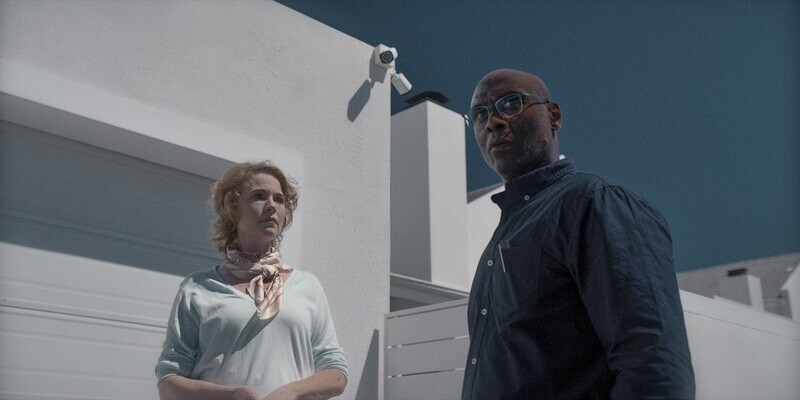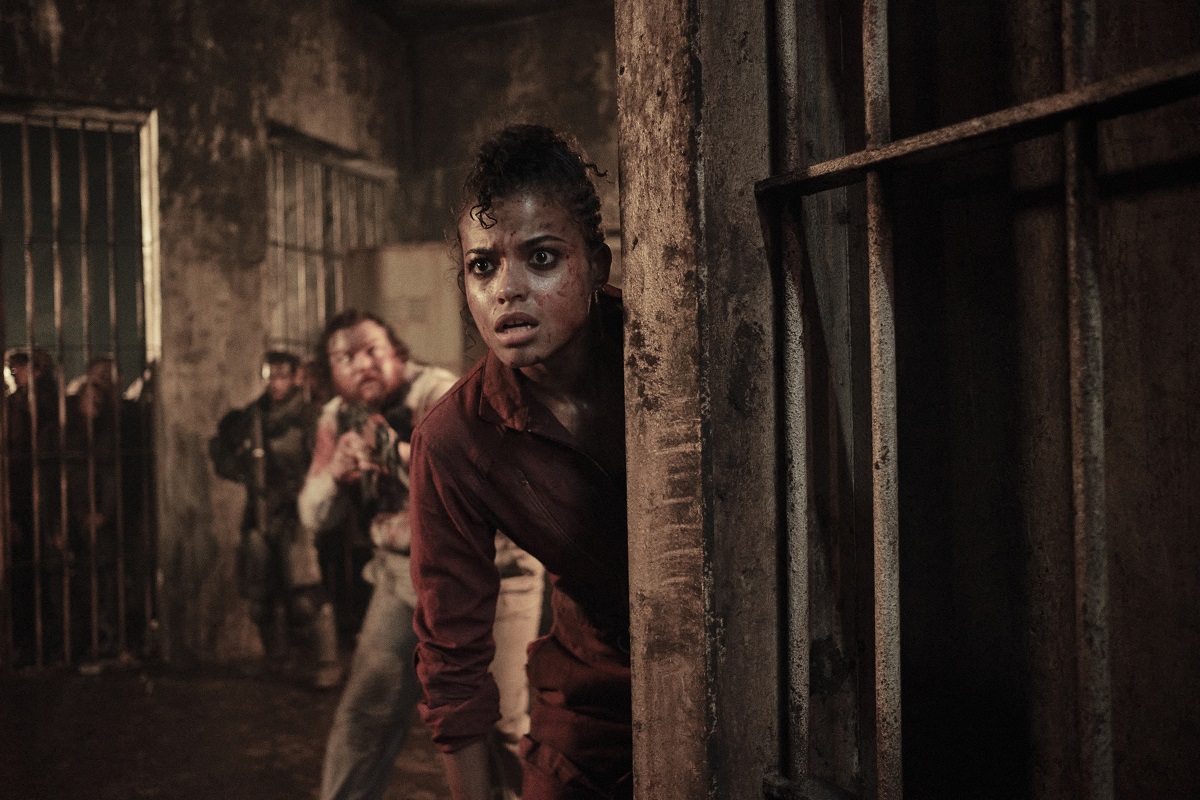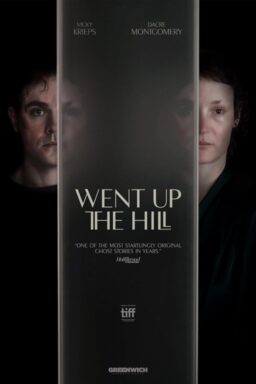The “Resident Evil” games and films (at least before the dull “Resident Evil: Welcome to Racoon City”) have inspired each other to greater heights of insanity over the last twenty years. As someone who has played every “RE” game, and reviewed most of them, I was looking forward to a new chapter on Netflix with the launch of the first live-action series based on the hit Capcom games, but the show lacks the personality of its inspiration, content to wallow in familiar TV tropes with only the vaguest connections to the rich mythology of the franchise. Cut in two halves, it’s a survivor action film and a teen drama, two genres that won’t feel remotely connected to fans of recent games like “Biohazard” or “Village”. Of course, it would be fine, even advisable, for the show to carve out its own path between the legacy of the games and the Milla Jovovich films instead of feeling like a copy of either, but the writers here can’t find that road. Admittedly, it comes to life in bursts, such as an action-packed fourth episode with nods to the series peak “Resident Evil 4,” but it drags its feet between those bursts of explosiveness and seems likely to frustrate both fans of the series and those who’ve never picked up a controller.
The main name that will be familiar to “Resident Evil” gamers here will be Albert Wesker, who was first introduced in the original 1996 game as the captain of the Raccoon City Police Department’s Special Tactics and Rescue Service, but his character arc has really changed over the years to represent any nefarious evil pulling the strings. In the gaming world, the mastermind behind a lot of the carnage died in “Resident Evil 5” in 2009—the intense action here often recalls that game more than any other, by the way. He was played by Jason O’Mara in “Resident Evil: Extinction” and Shawn Roberts in “Resident Evil: Afterlife” but it’s the great Lance Reddick who steps into the role here, playing him more traditionally as a power player in the world-destroying Umbrella Corporation.

Wesker has moved to New Raccoon City after the old one was destroyed in an Umbrella cover-up to control an undead pandemic. He’s there with his twin daughters Jade (Tamara Smart) and Billie (Siena Agudong), who have to adjust to life in a new part of the world. Yes, “Resident Evil” has teen coming-of-age drama elements, something no one has ever associated with this genre and an aspect that feels like a producer wanted to reach a coveted YA audience more than the fans of the games or movies. (I picture a studio note that says, “Can it be more like ‘Stranger Things’?”) To be fair, Billie gets bitten early in the season, which leads the girls down a path to figure what dad’s company actually does, but a lot of the sister stuff falls flat. The more effective material from this half of the show’s dual-track narrative comes courtesy of the show-stealing Paola Nunez as Evelyn Marcus, Albert’s boss. Nunez understands that this show should be fun, and so she delivers a lot of her lines with a sly smile that elevates her character’s evil.
The other half of the show takes place 14 years later, after the world has collapsed, leaving only human refugees hiding out from what they call “Zeroes,” or the brain-dead horde that’s trying to eat them alive. This half of the show recalls “The Walking Dead” in its survivalist structure, but that show had actors like Steven Yeun and Jon Bernthal to hook viewers. Ella Balinska is a capable action heroine as the older Jade but the structure forces her into episodic encounters as she tries to survive and escape the Umbrella soldiers who are still after her, and the flashback structure drains the momentum.

“Resident Evil” occasionally bursts to life with what it needs to maintain for longer stretches of time, such a giant caterpillar creature in the premiere and the cultists who pop up in chapter four, leading to a truly bonkers climax. Reddick also finds unexpected gravity—he often does—in a largely thankless role as the daddy with a dark secret. Turlough Convery is fun as an Irish Umbrella Corporation baddie who is chasing Jade, and Agudong and Smart are strong performers even if their characters don’t feel like they belong in this world. Still, I’m eager to see them in a better show.
As for the fan service, the writers drop references to the games, for sure. But they’re almost afraid to do so, relying more on YA tropes and other zombie tales. If you’re going to make an “RE” show, either lean into its rich history or do something that adds an entirely new chapter to it, but don’t fall into the unconfident valley in the middle, which is where this show feels content to live. It’s as if this show was pitched as another zombie enterprise and then retconned into an “RE” one.
The ”Resident Evil” games basically broke themselves down after their sixth chapter and returned the franchise to their roots as survival horror instead of the action thrust of chapters five and six. After the Anderson/Jovovich movies, it feels like the live-action adaptations are trying to figure out how to move on and do the same. Consider this another failed Umbrella experiment.
Four episodes screened for review. Premieres today on Netflix.












